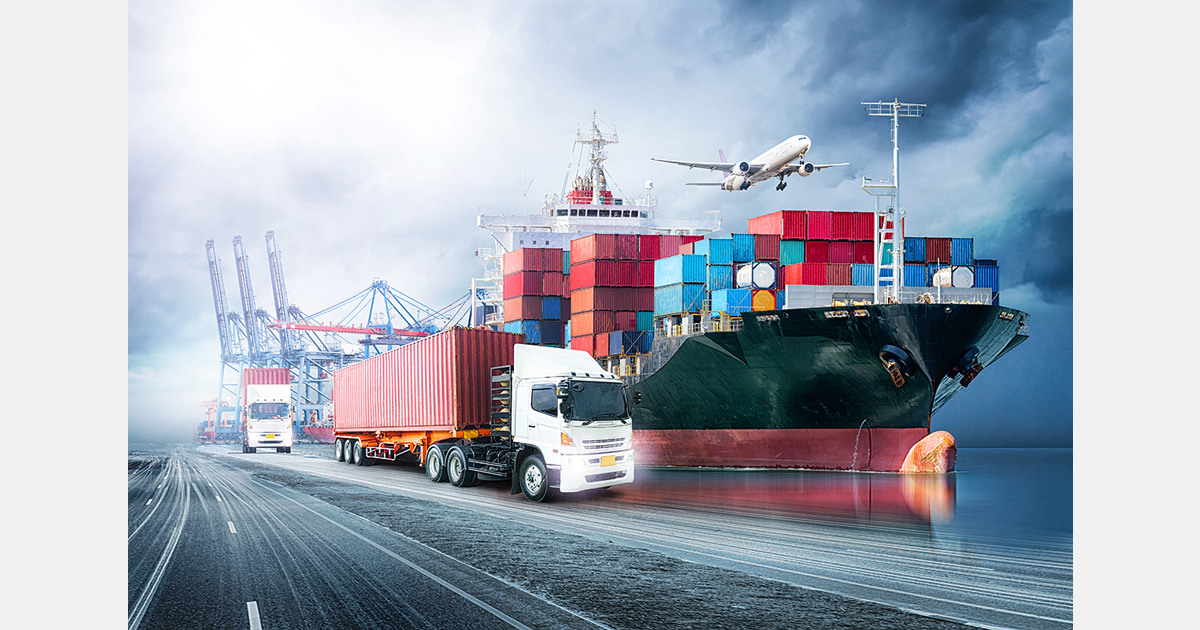
The Baltic Exchange’s recent container shipping report highlights a stalemate in negotiations between the union and terminals on the US East Coast since June, raising the specter of labor disruptions. Lars Jensen of Vespucci Maritime comments on the potential for strikes to exacerbate global supply and demand imbalances by causing significant port congestion and vessel delays. He recalls the Ever Given incident in the Suez Canal, which precipitated a surge in shipping rates, suggesting a similar outcome if strikes occur in September.
The International Longshoremen Association, representing around 85,000 port workers across the US East Coast and Gulf, halted discussions with the US Maritime Alliance over automation and is pushing for a 40% wage increase, leveraging the liner operators’ substantial profits. The current labor agreement is set to expire at the end of September.
Meanwhile, Judah Levine from Freightos anticipates a peak in Transpacific demand in August, with potential rate increases to US$10,000/FEU, influenced by general rate increases and surcharges, exemplified by Yang Ming Marine Transport’s recent GRI announcement.
The ongoing crisis in the Red Sea is expected to support freight levels by delaying tonnage. However, Jensen suggests that the persistent conflict in the Middle East may necessitate a long-term rerouting of major container vessels around Africa, urging stakeholders to reconsider their supply chain and sourcing strategies accordingly.
Source: container-news.com